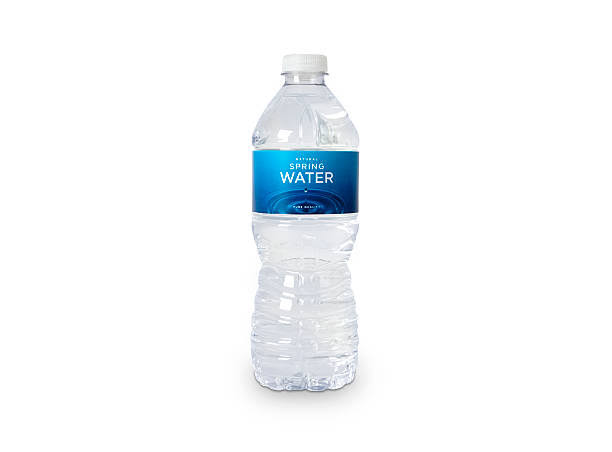
Are plastic bottles only bad for the environment? Yes, but they are just as bad for our health, and it is being more acknowledged recently. Water bottles, the usage of throwaway water packages have not significantly decreased as a result of this knowledge.
Although recycling is now easier than ever, 90% of plastic water bottles are not recycled after use, which results in billions of plastic bottles entering our landfills and even our oceans each year. In fact, Americans use an average of 50 billion plastic water bottles annually.
There are a lot of other reasons why you should avoid drinking packaged water. Let’s know what they are.
Packaged water isn’t exactly clean water
Your bottled water’s packaging might show a serene mountain stream, but it doesn’t guarantee that the water inside is immaculate and pure. 25% of packaged water comes from taps, according to a survey by the Natural Resources Defense Council (NRDC). It is just filtered or radiated, then sold at a significant price premium. In addition, residues of trihalomethanes, mildew, phthalates, and arsenic have all been discovered in bottled water over time. Thanks to NRDC advocacy, the FDA only recently began regulating packaged water for E. coli.
Plastic bottles leaks chemicals
You’ve probably observed that after spending time in the sun, plastic water bottles get softer. If there is enough heat, the plastic can melt completely.
Furthermore, it’s not a coincidence that bottled water occasionally has a slight plastic flavor.
NPR claims that chemicals in plastic products may seep into the container and pollute the contents.
BPA, a synthetic hormone found in plastics that can affect a baby’s brain development, is the main offender in this.
Unidentified source of water
The unknowable source of packaged water is another deterrent. Despite what many providers state, the water might not actually come from the earth. Your packaged water suppliers don’t maintain the recommended levels of cleanliness. Compared to tap water, bottled water is neither healthier nor safer. The pictures on the water bottles you purchase are solely for marketing purposes. The majority of the bottled water you purchase actually comes from tap water. Some of them are also full of unsanitary conditions that could cause water-borne illnesses.
Probable plastic particles
A staggering 93 percent of the 259 bottled glasses of water tested in a 2018 study from around the globe contained “microplastic” man-made polymer particles. Mason, the study’s author, added that some of the plastic particles weren’t very small, with some “clearly” visible without the use of a magnifying glass or microscope.
Researchers discovered that the average amount of plastic in each liter of bottled water from the 11 well-known brands examined in the study was 325 microplastic particles. The worst offender in the survey was Nestlé Pure Life, whose sample included more than 10,000 microplastic particles per liter. Hence, it poses an absolute danger to health.
Expensive production
Water and energy are used up during the making of packaged water bottles. Plastic dependence on non-renewable fossil resources for production is a major issue. Polyethylene terephthalate, sometimes known as PET, is an oil-based plastic that is used to make the majority of plastic bottles. Energy is lost throughout the process on numerous occasions, not just this one.
The entire life of the packaged water requires the consumption of energy, including storage, transit, and even final disposal. Every year, the energy required to produce 450 million barrels of oil is used up by the world’s consumption of bottled water (this is based on statistics from 2012). That is sufficient to fuel 25.5 million cars for a whole year.